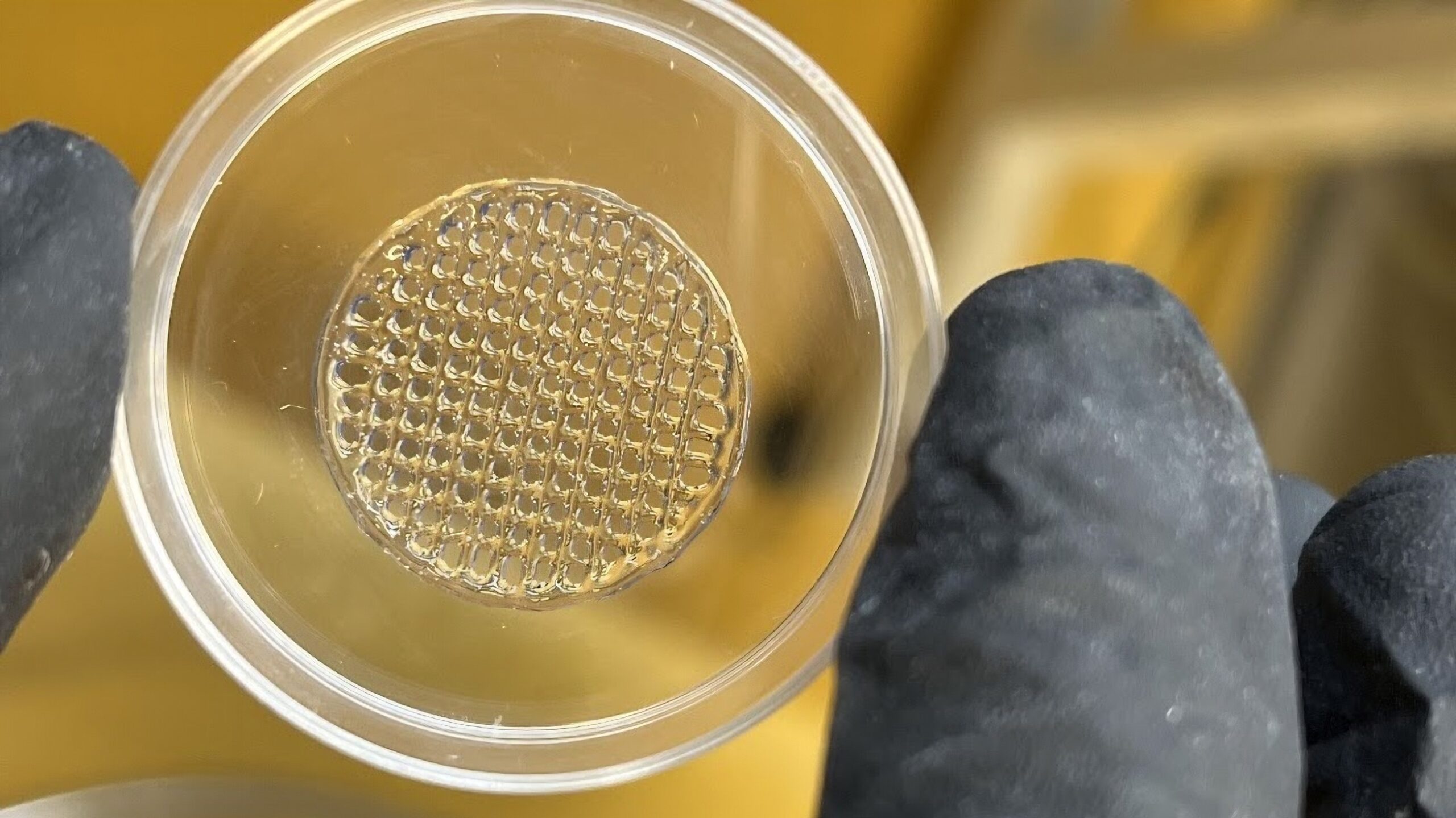Now Reading: 3D-Printed Skin Could End Animal Testing in Cosmetics
1
-
01
3D-Printed Skin Could End Animal Testing in Cosmetics
3D-Printed Skin Could End Animal Testing in Cosmetics

Quick Summary
- Researchers from Vellore Institute of Technology (India) and Graz University of Technology are developing 3D-printed artificial skin using hydrogel layers integrated with human cells.
- The bioengineered skin aims to replace customary animal testing, particularly for cosmetic products, while mimicking the functions of human epidermis, dermis, and hypodermis.
- the hydrogel’s high water content enables optimal growth and multiplication of living human cells over a short timeframe.
- When fully developed to remain viable for 2-3 weeks, the artificial skin could be durable enough for practical testing applications.
- An estimated 500,000 animals suffer globally each year due to cosmetic testing; broader applications in pharmaceuticals lead to a far higher toll on animal life.
- bioengineering advancements like these have parallels in other innovations such as successfully printing organs (windpipe) or blood vessels.
Image: Researchers hold circular hydrogel structures designed as artificial skin.
!Read More
Stay Informed With the Latest & Most Important News
Previous Post
Next Post
Loading Next Post...



























